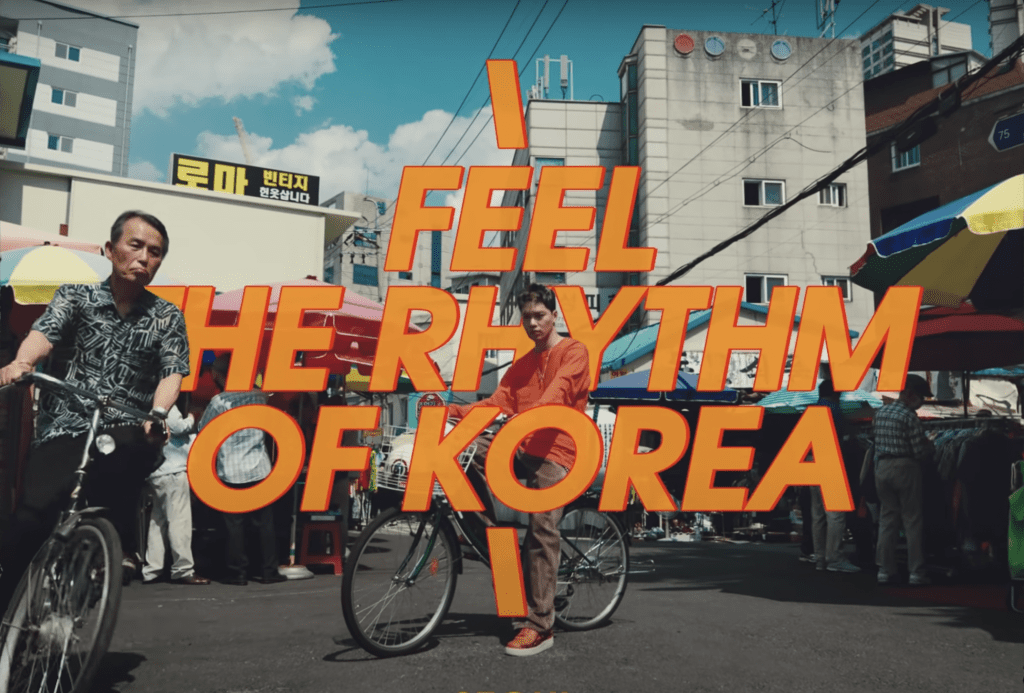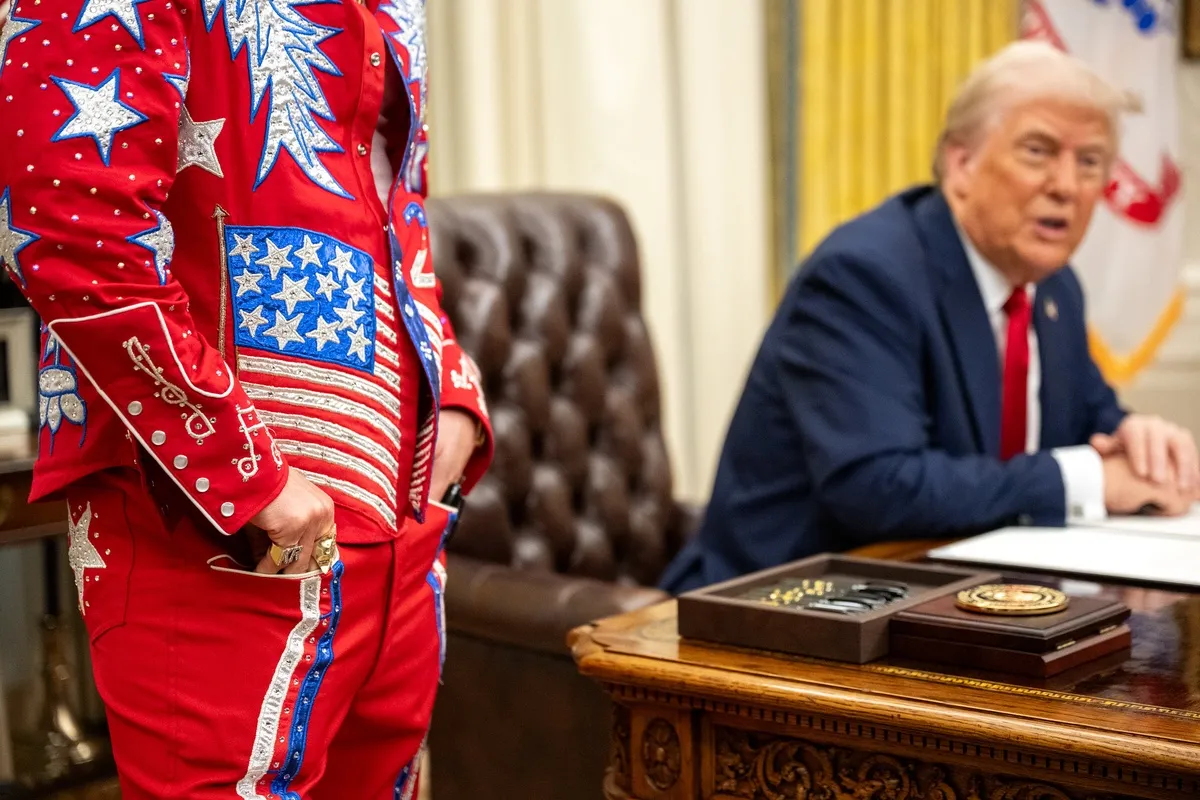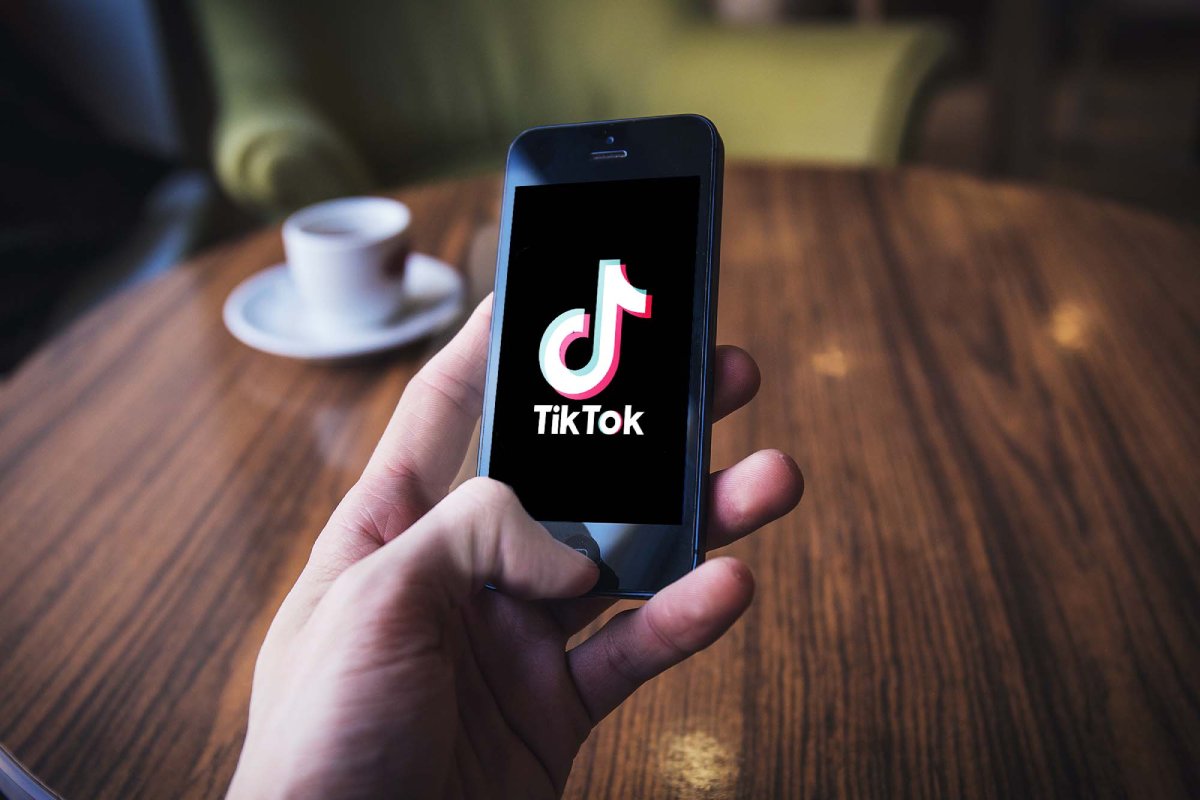South Korea's New Tourism Campaign With 161 Million Views Online Already

Skift Take
When Covid hit, South Korea stood out of the pack in its handling of the pandemic, thanks to its past experience in handling the Middle East Respiratory Syndrome. Its rapid response with drive through testing, tracking and tracing helped to flatten the curve and keep businesses open until late 2020.
Like many countries, however, multiple surges of the virus eventually led to stricter restrictions, though South Korea has still managed to keep its death toll below 3,000. Remaining closed to tourism for over a year resulted in $33.3 billion in lost inbound revenue, or a 45.4 percent drop in contribution to gross domestic product, plus 84,000 jobs lost, according to the World Travel & Tourism Council. While devastating, the impact was lower compared to regional neighbors and at a global level, thanks to the government’s stimulus payments and support of businesses and workers.
But even as a fourth wave hit in recent weeks, the future looks brighter for South Korea's tourism economy. The population’s full vaccination rate has reached 63 percent so far, and its reopening in September — to an initial 49 visa-free countries — brought 15,500 tourists, of whom 68 percent came from the U.S., followed by Europe.
If Visit Korea’s newest campaign is any indication, then those tourist numbers are likely to keep rising and drawing more intrepid travelers in the coming months going into 2022. So far, “Feel the Rhythm of Korea” — a series of eight videos showcasing the traditional and modern facets of ten Korean destinations to an original soundtrack of K-pop and folk music — has reached 161 million views on Youtube, with numbers continuing to climb for what is possibly the most successful single global tourism recovery campaign to launch since the pandemic.
“Each clip not only shows the existence of tradition and modern, healing, and cultural heritages, but also sensationally shares the distinctive lifestyle of Koreans,” said a release from the Korean Tourism Organization, adding that the campaign is a sequel to last year's campaign effort, and that the soundtrack was produced by Korea’s renowned hip hop label AOMG and Higher Music. The songs also released on Spotify.
In a clear departure from recent messaging focused on safety and preaching responsible travel, South Korea’s campaign is a clever, energy-packed message for travelers as to what makes the destination stand out from a cultural and outdoor standpoint, whether it’s Seoul’s vibrant fashion-clad streets and residents of all ages, or Korea’s surfing towns and islets contrasting against its rural daily life scenes.
The K-pop music that has become global and a driver of tourism only helps to further cement the campaign's appeal — a sound that continues to rise in popularity in spite of heightened scrutiny on the genre coming out of the racial reckoning movement in 2020.
Korea might just be on to something when it comes to standing out of the pack as long-haul international travel returns, with messaging that shows rather than tells how to embrace all things local and return to the love of exploration. The kind of travel experience that even masks can't take away from.




